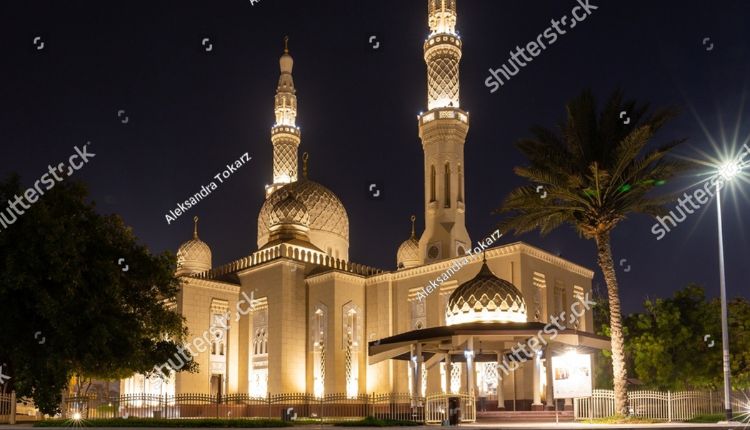The Mosque Architecture Design: A Fusion of Tradition and Innovation

Mosques are not just places of worship for Muslims, but also symbols of Islamic art, culture, and heritage. Mosque architecture design is a fusion of tradition and innovation, reflecting the rich and diverse history of Islamic civilization. In this article, we will explore the significance of mosque architecture design, its evolution over time, and its role in shaping Islamic identity.
Significance of Mosque Architecture Design
Mosques are not just buildings, but sacred spaces where Muslims come together to pray, reflect, and connect with the divine. The architecture of a mosque plays a crucial role in creating a sense of spirituality, tranquility, and unity among worshippers. The mosque architecture design is a reflection of Islamic values, such as simplicity, symmetry, and harmony.
The mosque architecture design also serves as a reminder of Islamic history and heritage. Mosques are often built with materials and techniques that reflect the local culture and traditions, as well as the broader Islamic civilization. The architecture of a mosque can therefore provide insights into the social, political, and cultural context of the time in which it was built.
Evolution of Mosque Architecture Design
The architecture of mosques has evolved over time, reflecting the changing needs and aspirations of Muslim communities. The earliest mosques were simple structures, consisting of an open courtyard surrounded by a covered prayer hall. These mosques were built using local materials and techniques, such as mud bricks and palm leaves.
As Islamic civilization expanded, so did the architecture of mosques. During the Islamic Golden Age, mosques became larger and more ornate, featuring intricate decorations and domes. The Great Mosque of Cordoba in Spain, built in the 8th century, is an excellent example of this style of mosque architecture design.
In the Ottoman Empire, mosques became even more elaborate, featuring complex domes, minarets, and courtyards. The Blue Mosque in Istanbul, built in the 17th century, is a masterpiece of Ottoman mosque architecture design, with its intricate tilework, calligraphy, and stained-glass windows.
In modern times, mosque architecture design has taken on a more diverse and innovative form. Many contemporary mosques blend traditional Islamic design elements with modern architectural features, such as glass facades, skylights, and state-of-the-art sound systems. The Sheikh Zayed Grand Mosque in Abu Dhabi, built in 2007, is a prime example of this fusion of tradition and innovation, with its iconic white domes, geometric patterns, and advanced lighting system.
Role of Mosque Architecture Design in Shaping Islamic Identity
The architecture of mosques plays a crucial role in shaping Islamic identity, both for Muslims and non-Muslims. Mosques are often the most visible symbol of Islam in the public sphere, and their architecture can either reinforce or challenge stereotypes and misconceptions about the religion.
In Muslim-majority countries, the architecture of mosques is often used to express national identity and pride. For example, the Hassan II Mosque in Morocco, built in 1993, is not only a symbol of Islamic heritage but also a tribute to Moroccan culture and craftsmanship. The mosque features local materials, such as marble and cedar wood, and incorporates traditional Moroccan design elements, such as zellige tilework and calligraphy.
In non-Muslim countries, the architecture of mosques can help to create a sense of belonging and acceptance for Muslim communities. Mosques that are designed to blend in with the local architectural style and landscape can help to reduce tensions and promote interfaith dialogue. The Islamic Center of New York, built in 1991, is an excellent example of this approach, with its modernist design and use of natural materials.
Conclusion
The mosque architecture design is a fusion of tradition and innovation, reflecting the rich and diverse history of Islamic civilization. The architecture of mosques plays a crucial role




